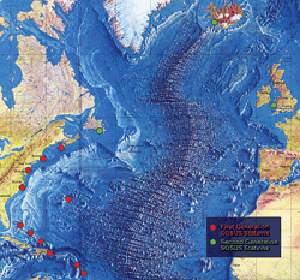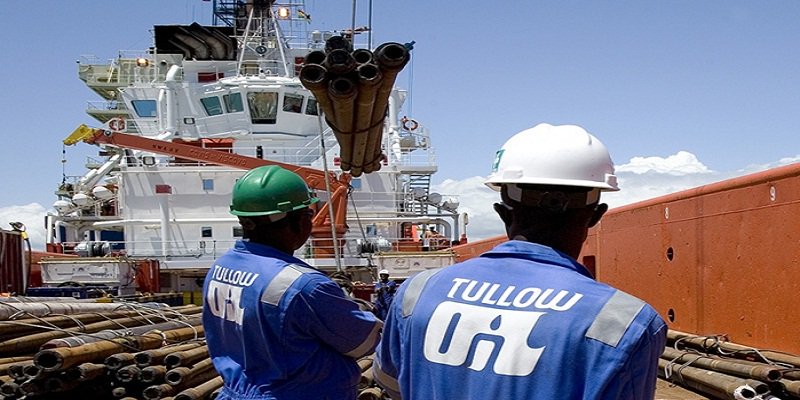Originally posted by Rainbow Six
View Post
Chinhae
This small coastal city, 16 miles (25 km) west of Busan, is the home of the ROK Naval Academy and a joint ROKN-USN base. A small flotilla of operational USN vessels (USS Missouri, USS Vincennes, USS Des Moines, USS Duncan, and USS Semmes) rests at anchor in the harbor, stranded due to lack of fuel. The 1st Brigade, 7th ID, assists the beached sailors in defending the city and its harbor. Marauders from the Busan area are becoming an increasing nuisance in the area. [Emphasis added]
So yeah, those five vessels aren't going anywhere until fuel can be found/transported to the port. This is given as a mission teaser elsewhere in the sourcebook.
Originally posted by Olefin
View Post
Based on Rainbow 6's research in the balance of canon, there's less than a dozen additional operational (meaning at sea or ready to put to sea) USN vessels worldwide by that same year. So yeah, according to canon, the USN is shattered. What we're doing here is trying to determine how that end result came about. There are a few major naval battles described in canon. AFAIK, those that are occurred in the N. Atlantic and Mediterranean. I tried to fill in the gaps for the pacific by positing the following in the KPS (again, non-canonical):
U.S. 7th Fleet
From December of 1996, through 1998, U.S. 7th Fleet was actively engaged against Soviet and KPA naval forces in the waters around Korea. Just days after the North Korean invasion of the ROK, 7th Fleet CVGBs conducted air strikes against North Korean naval facilities, destroying most of the KPA fleet at anchor. Errant KPA submarines were duly hunted down and sunk before they could do much damage. Soviet subs proved more formidable prey, frequently inflicting losses on convoys and USN ASW task forces before being sent to the bottom in turn.
In the summer of 1997, a 7th Fleet Expeditionary Strike Group, supported by a CVBG and a Battleship Battle Group, conducted the amphibious assault landing of 4th Marine Division and 6th ROK Marine Brigade "Black Dragon" on the North Korean coast south of Nampo (using the Taedong River to shield the Marines' left flank). 16-inch naval gunfire delivered by the battleship USS Missouri proved invaluable in destroying KPA coastal artillery and anti-aircraft defenses. The operation was a resounding success and USN losses were negligible.
Successful CVBG raids against Soviet naval facilities at Cam Ranh Bay, Vietnam, and Vladivostok, USSR nevertheless resulted in significant aircraft and surface vessel losses to 7th Fleet. Additional losses were accrued during fleet actions around the Kuriles and off the Kamchatka Peninsula (these were joint operations with U.S. 3rd Fleet). 1997 witnessed Soviet nuclear strikes on U.S. naval bases in the United States, Japan, the Philippines, destroying several more USN Pacific Fleet vessels at anchor. By July 2000, very few 7th Fleet vessels remain operational, and most of these are laid up in port due to lack of fuel (see the entry for Chinhae on p. 37).
So, add in a few smaller, limited engagements, submarine v. convoy escort duels, strikes against naval bases, accidents (a la Bonhomme Richard), mine strikes, and above all else lack of fuel and the missile/torpedo drought, and, for all intents and purposes, by 2001, the USN has more or less ceased to exist.
Except, of course, off the coast of E. Africa.
-






Comment